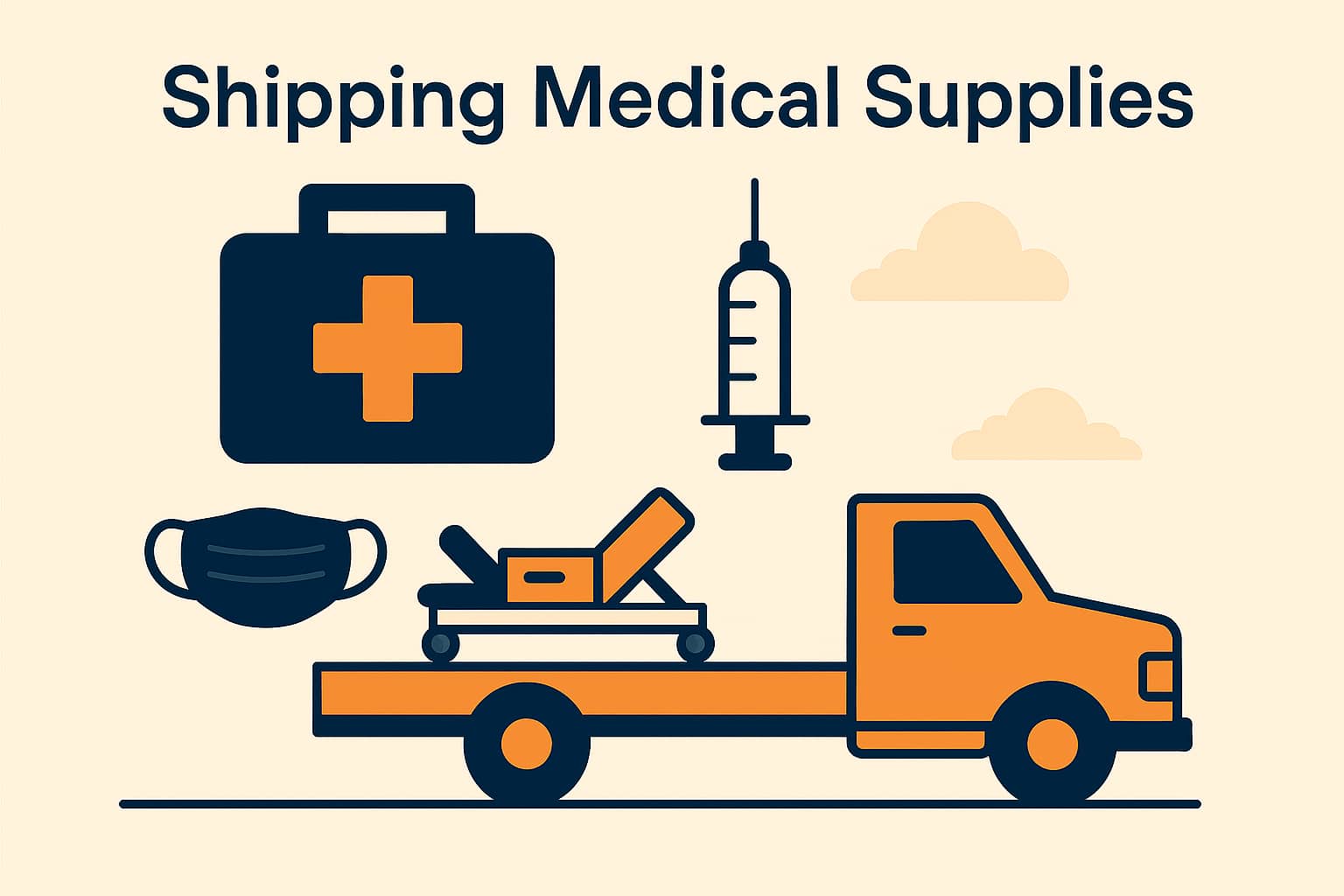How Implementing The ELD In Trucking Will Increase Truckload Rates
Just like any new technology on the market, electronic logging devices have to take their ‘victim’. In this case, it is truckload rates that will suffer most. ELD’s are expensive, the price can be as high as $500 for a single electronic logging device per truck yearly. Shippers should expect truckload rates to increase as much as 15-25%. This new technology piles up the costs for many freight shipping companies.
The ELD Is Partly Responsible For Higher Trucking Rates
Trucking rates were already on the rise before the ELD mandate. Trucking rates have been steadily rising since 2014 for truckload shippers, the addition of this mandate made it worse. The combination of higher cost of operation, driver retention, new equipment and a better economy all affect truckload shipping rates. The ELD will undoubtedly be the scapegoat for the reasoning behind higher trucking rates.
The ELD And LTL Shipping Companies
LTL freight rates will also be affected by the ELD. LTL freight companies raise rates regardless of any new type of regulation. So with this added regulation LTL shippers should expect higher than normal rates. This yearly LTL rate increase by LTL freight companies is known as the GRI (general rate increase). UPS raised rates almost 5% in 2018.
What Is The ELD Mandate?
In December 2015, the Federal Motor Carrier Safety Administration (FMCSA) ruled out a new mandate known as the ELD mandate. It states that all trucks will install a certified electronic logging device by December 2017. The ELD will electronically record a driver’s status, eliminating the need for the paper logbook. Paper logbooks have been the only way for the DOT to monitor a truck driver’s hours on duty. Logbooks are used to record a truck driver’s compliance with the Hours of Service (HOS) requirements.
The Benefits of an ELD (Electronic Logging Device)
Some of the features included in today’s ELD include electronic tracking, engine sync, and real-time shared data. However, an ELD also reports driver speed, idling, and hard braking. This data may be beneficial for insurance companies to lower or increase rates for trucking companies. The hope is that the electronic logging device (ELD) will drastically reduce the number of accidents on the road. No one can argue against fewer accidents and a safer road for all of us to navigate on.
Why Are ELD’s Being Mandated For Truckload Carriers?
Electronic logging devices are being mandated for many reasons. As is always the case, a few bad drivers ruin it for everyone. Some truck companies and drivers want to circumvent the law. The DOT has known that some drivers rig their log books. Truck companies may see this as an inoffensive act, but the reality is it is very dangerous. Many fatal accidents have happened due to driver fatigue by abusing this practice.
How Soon Will We Know If This New Regulation Will Truly Curb Truck Accidents?
As with any new technology we will have to wait for the data to come in. Data will slowly be shared by the NTSB, possibly sooner if this data shows a significant drop in fatalities due to driver fatigue. We all have to share the same roads and anytime we can feel a little safer most everyone will view this as a step in the right direction. No one wants more regulation or big brother always keeping an eye on us but there have been to many avoidable accidents for us to not do something about it. We all have to accept that technology sometimes will go through growing pains and as other challenges presented in the past we will get throug2 this one as well.
Will This Situation Ever Stop In The Future?
If we take the time and consider this entire situation as ‘normal’ yet ask ourselves for how long it will continue, the most logical answer that you will get is a couple of years to come. With the spot market being more volatile, the 4% increase in truckload contract rates can easily mean a 15% to 20% upswing in the spot pricing.
A lot of trucking companies have agreed that the ‘truck shortage’ is what will most likely cause a 10%-20% increase in truck rates this year, where trucking companies will lose 10% to 20% of their ability to run miles. Large fleets that already adopted ELD’s have seen this in practice and seen how the productivity drops associated with the devices. Yet, smaller trucking companies will likely wait until late 2017 to switch from their paper logs.
Final Word
In the end, we can all agree that despite quite costly, his type of automation will offer significant opportunities for improving the efficiency and safety in the coming decade, as well as forcing drivers to learn and be part of a more connected, digital future. If right now a truck spends more than half its time sitting while the driver rests, there will be a better way to automate that in the future.





